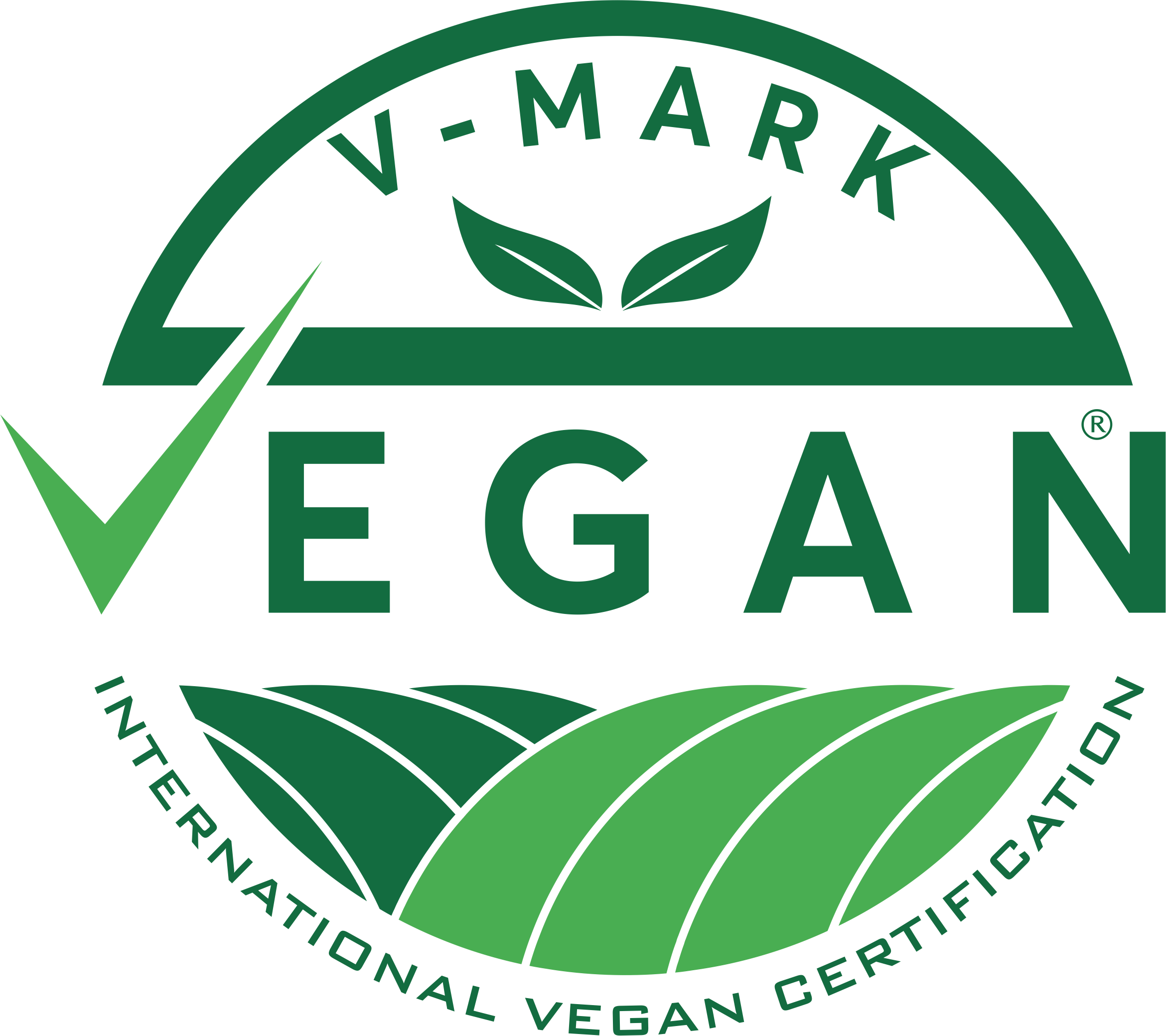The Difference Between Vegan and Non-Vegan Labeling
Vegan and non-vegan labeling are two distinct ways of labeling food products. Vegan labeling is the process of labeling a product as being free from animal products or by-products, while non-vegan labeling is the process of labeling a product as having some animal-derived ingredients.

Vegan labeling is becoming increasingly popular among consumers as more people are becoming conscious of the environmental and ethical implications of consuming animal products. Vegan labeling is often used to indicate that a product was made without the use of any animal products or by-products, and may also indicate that the product was never tested on animals. Vegan labeling can be used to differentiate a product from traditional animal-based products and to provide more information to the consumer about the product’s ingredients.
Non-vegan labeling, on the other hand, is used to indicate that a product contains some animal-derived ingredients. Non-vegan labeling is often used to differentiate a product from traditional vegan products and to provide more information to the consumer about the product’s ingredients. Non-vegan labeling may also indicate that the product was tested on animals, so it is important for consumers to read the label carefully to determine if the product was tested on animals.
The main difference between vegan and non-vegan labeling is the presence or absence of animal products or by-products. Vegan labeling is used to indicate that a product does not contain any animal products or by-products, while non-vegan labeling is used to indicate that a product does contain some animal-derived ingredients. Both labeling methods are used to provide more information to the consumer about the product’s ingredients, and it is important for consumers to read labels carefully to determine which products are vegan and which are not.
Certification
- A Guide to Vegan Certification
- Exploring Vegan Markings
- Exploring Vegan-Friendly Products
- Exploring the Advantages of Vegan Marking
- Exploring the Benefits of Vegan Certification for Non-Food Products
- Exploring the Benefits of Vegan Certification for Wholesalers
- Exploring the Benefits of Vegan Certification for the Environment
- Exploring the Benefits of Vegan Labeling for Food Retailers
- Exploring the Benefits of Vegan Labeling for the Economy
- Guidelines for Vegan Labeling
- How to Apply for Vegan Certification
- How to Obtain Vegan Certification
- How to Set Up a Vegan Certification Program
- Key Considerations for Obtaining Vegan Certification
- Navigating the Challenges of Vegan Certification
- The Advantages of Having a Vegan Mark
- The Advantages of Vegan Labeling for Businesses
- The Benefits of Being Certified as a Vegan Product
- The Benefits of Having a Vegan Mark
- The Benefits of Vegan Certification for Food Distributors
- The Benefits of Vegan Certification for Food Manufacturers
- The Benefits of Vegan Certification for Food Suppliers
- The Benefits of Vegan Labeling for Animal Welfare
- The Benefits of Vegan Labeling for Businesses
- The Benefits of Vegan Labeling for Consumers
- The Benefits of Vegan Labeling for International Trade
- The Benefits of Vegan Labeling for Restaurants
- The Benefits of Vegan Labeling
- The Challenges of Obtaining Vegan Certification for Food Products
- The Challenges of Obtaining Vegan Certification
- The Difference Between Vegan and Non-Vegan Labeling
- The Impact of Vegan Certification on Food Prices
- The Impact of Vegan Labeling on Consumers
- The Implications of Vegan Labeling for Health and Nutrition
- The Importance of Vegan Marking for Businesses
- The Necessity of Vegan Certification for Food Products
- The Necessity of Vegan Marking for Food Products
- The Process of Obtaining Vegan Certification
- The Pros and Cons of Vegan Certification
- The Significance of Vegan Certification for Businesses
- The Significance of Vegan Certification for Food Safety
- The Significance of Vegan Labeling for Businesses
- The Significance of Vegan Labeling for Food Labels
- Understanding the Basics of Vegan Labeling
- Understanding the Benefits of Vegan Labeling for Food Producers
- Understanding the Different Types of Vegan Labeling
- Understanding the Impact of Vegan Labeling on the Food Industry
- Vegan Labeling Requirements and Regulations
- Vegan Product Labeling Requirements
- What is Vegan Certification?
- What is Vegan Mark?

GET CERTIFIED
